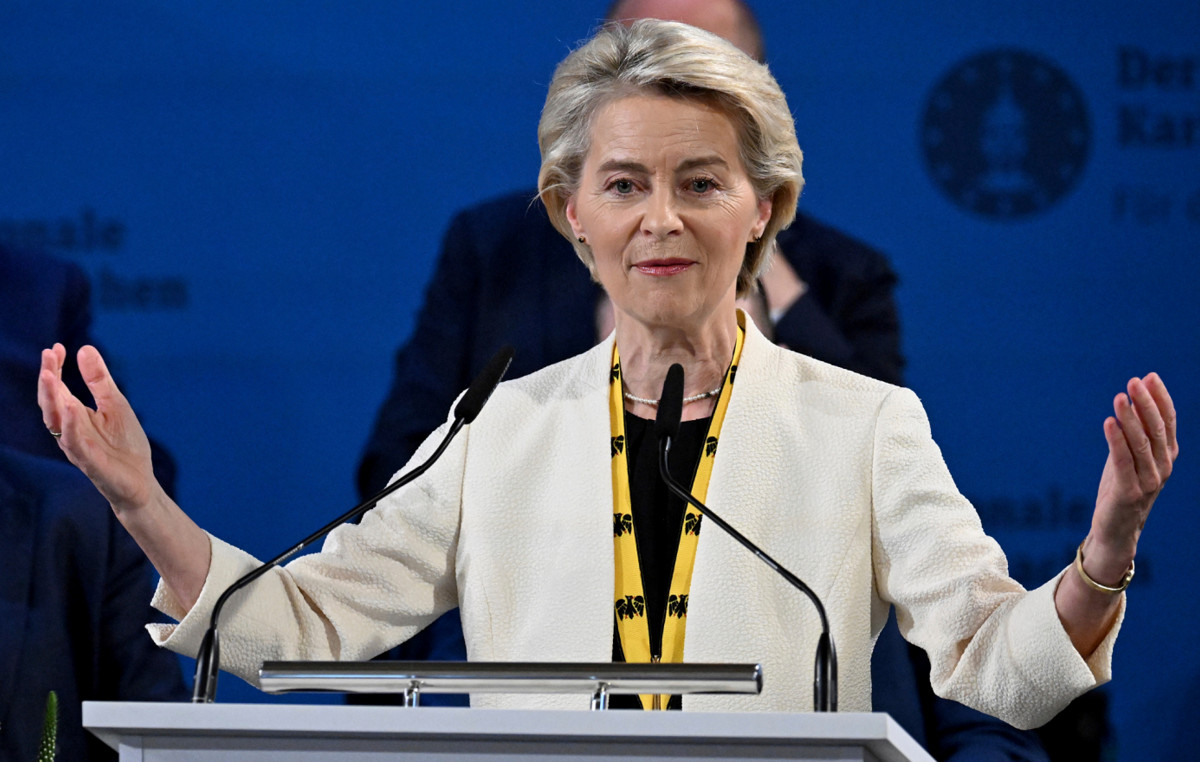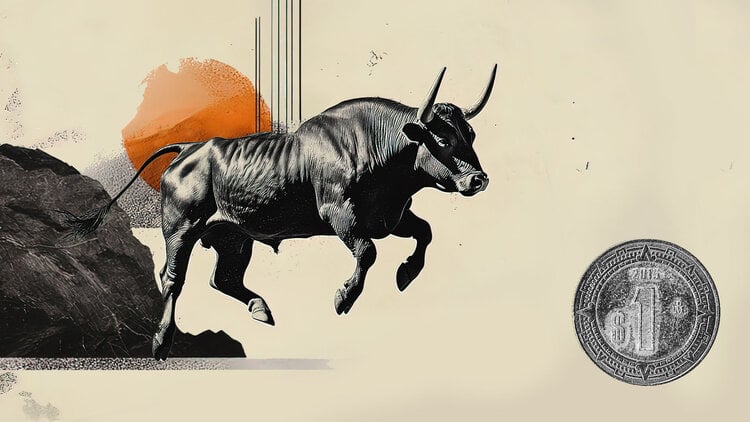- The New Zealand dollar is surfing a relief rally, as geopolitical tensions decrease.
- The US dollar collapses by the appetite of risk and moderate comments of the FED officials.
- The approach today is in the testimony of the president of the FED, Powell, before the Congress.
The New Zealand dollar, risk -sensitive, is rising more than 1% on Tuesday and around 2.5% from Monday’s minimums, since the announcement of a high fire in the Middle East has triggered a relief rally that has dropped the US dollar.
The president of the United States, Donald Trump, thanked Tehran for the response contained to the massive attack of this weekend to some of his key nuclear sites, and announced a high “complete and total” fire in the War of the Middle East.
Iran’s Foreign Minister said Iran will stop his attacks if Israel ceases his aerial bombing, while Tel Aviv said that all his objectives have been achieved, which gives hope of a lasting truce.
The moderate language of the Fed is weighing on the USD
In the US, on Monday, the FED supervision vice president, Michelle Bowman, suggested that the Central Bank could cut interest rates as soon as in July, since she said that Trump’s rates will probably have a lower impact on inflation of what was feared.
These opinions reflect the comments of Christopher Waller on Friday and have increased the expectations of a rate cut in July or, most likely, in September. The president of the Fed, Powell, will speak before Congress later today, and the market will be attentive to any moderate indication that can exert pressure on the US dollar.
FAQS risk feeling
In the world of financial jargon, the two terms “appetite for risk (Risk-on)” and “risk aversion (risk-off)” refers to the level of risk that investors are willing to support during the reference period. In a “Risk-on” market, investors are optimistic about the future and are more willing to buy risk assets. In a “Risk-Off” market, investors begin to “go to the safe” because they are concerned about the future and, therefore, buy less risky assets that are more certain of providing profitability, even if it is relatively modest.
Normally, during periods of “appetite for risk”, stock markets rise, and most raw materials – except gold – are also revalued, since they benefit from positive growth prospects. The currencies of countries that are large exporters of raw materials are strengthened due to the increase in demand, and cryptocurrencies rise. In a market of “risk aversion”, the bonds go up -especially the main bonds of the state -, the gold shines and the refuge currencies such as the Japanese yen, the Swiss Franco and the US dollar benefit.
The Australian dollar (Aud), the Canadian dollar (CAD), the New Zealand dollar (NZD) and the minor currencies, such as the ruble (Rub) and the South African Rand (Tsar), tend to rise in the markets in which there is “appetite for risk.” This is because the economies of these currencies depend largely on exports of raw materials for their growth, and these tend to rise in price during periods of “appetite for risk.” This is because investors foresee a greater demand for raw materials in the future due to the increase in economic activity.
The main currencies that tend to rise during the periods of “risk aversion” are the US dollar (USD), the Japanese yen (JPY) and the Swiss Franco (CHF). The dollar, because it is the world reserve currency and because in times of crisis investors buy American public debt, which is considered safe because it is unlikely that the world’s largest economy between in suspension of payments. The Yen, for the increase in the demand for Japanese state bonds, since a great proportion is in the hands of national investors who probably do not get rid of them, not even in a crisis. The Swiss Franco, because the strict Swiss bank legislation offers investors greater protection of capital.
in
Source: Fx Street
I am Joshua Winder, a senior-level journalist and editor at World Stock Market. I specialize in covering news related to the stock market and economic trends. With more than 8 years of experience in this field, I have become an expert in financial reporting.







